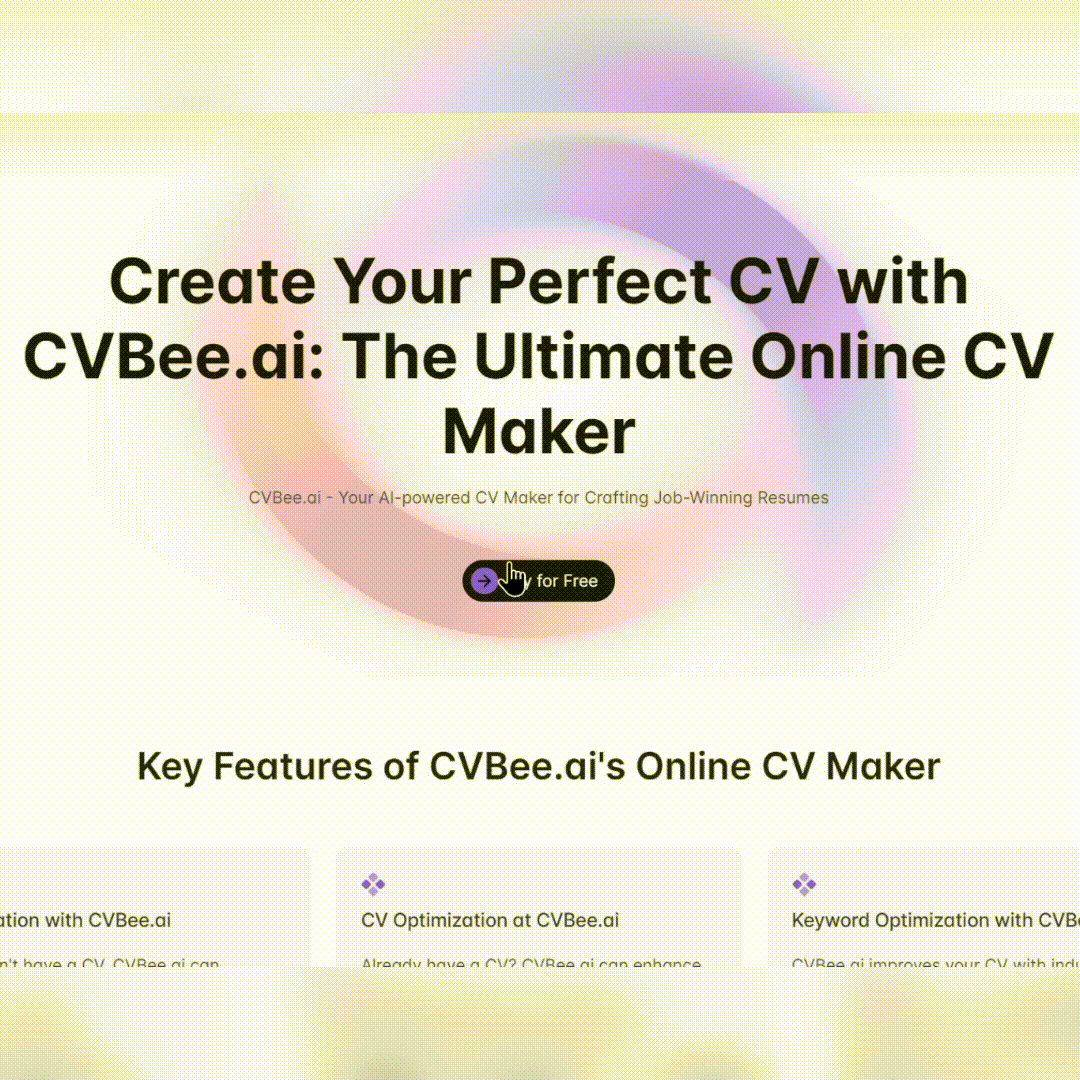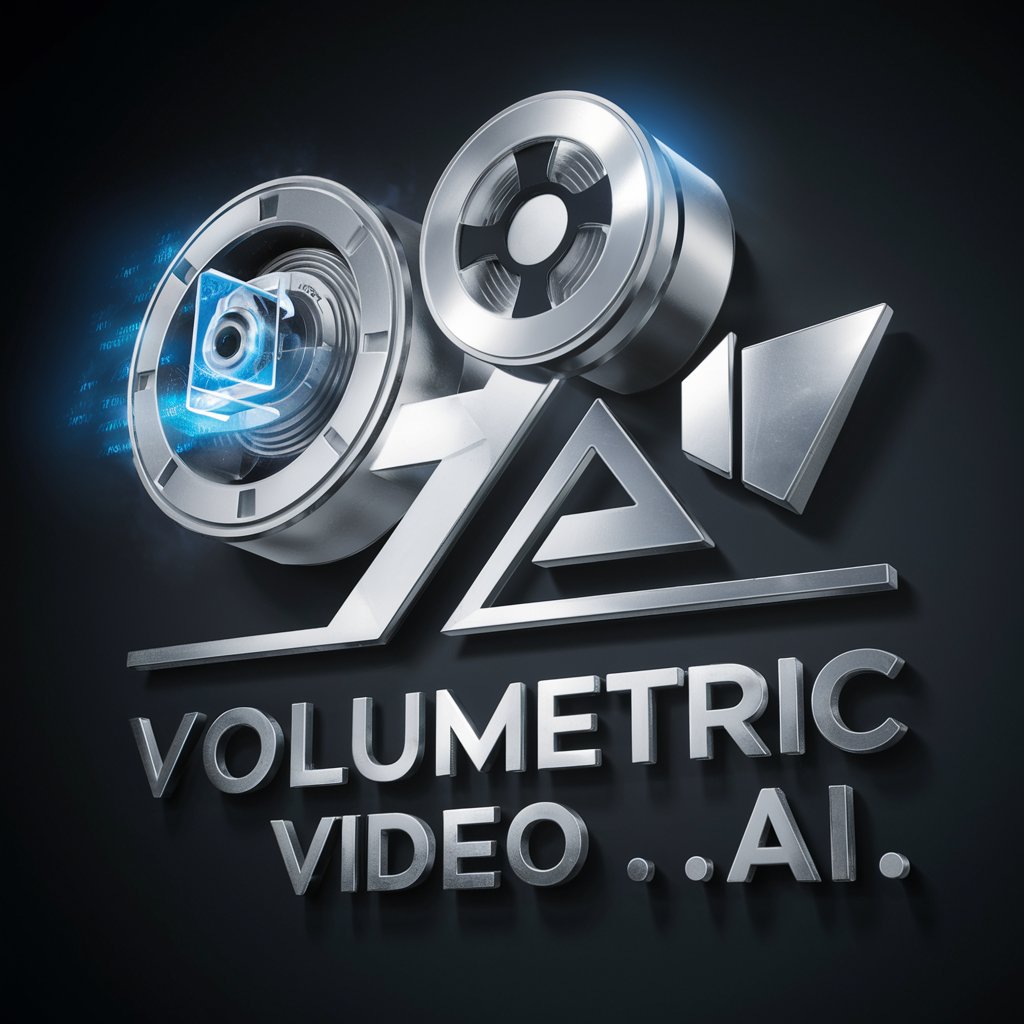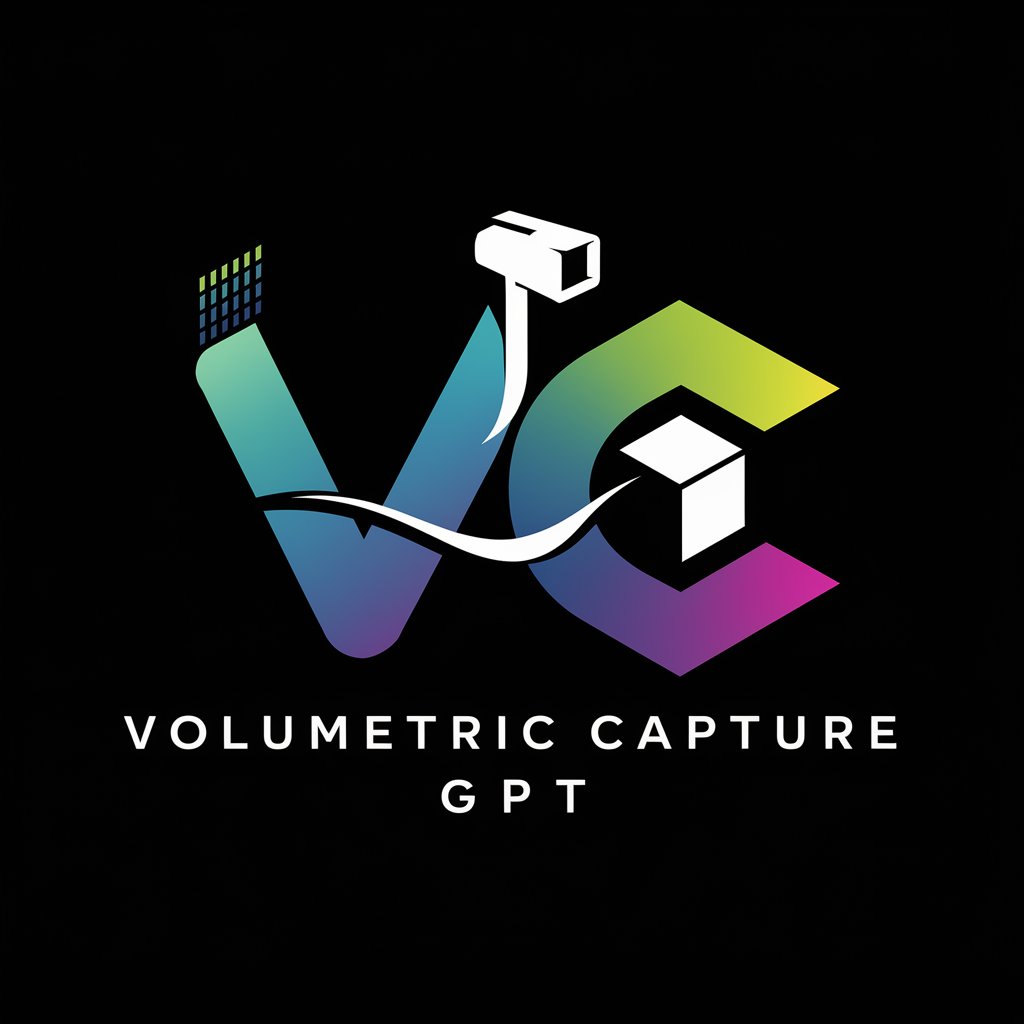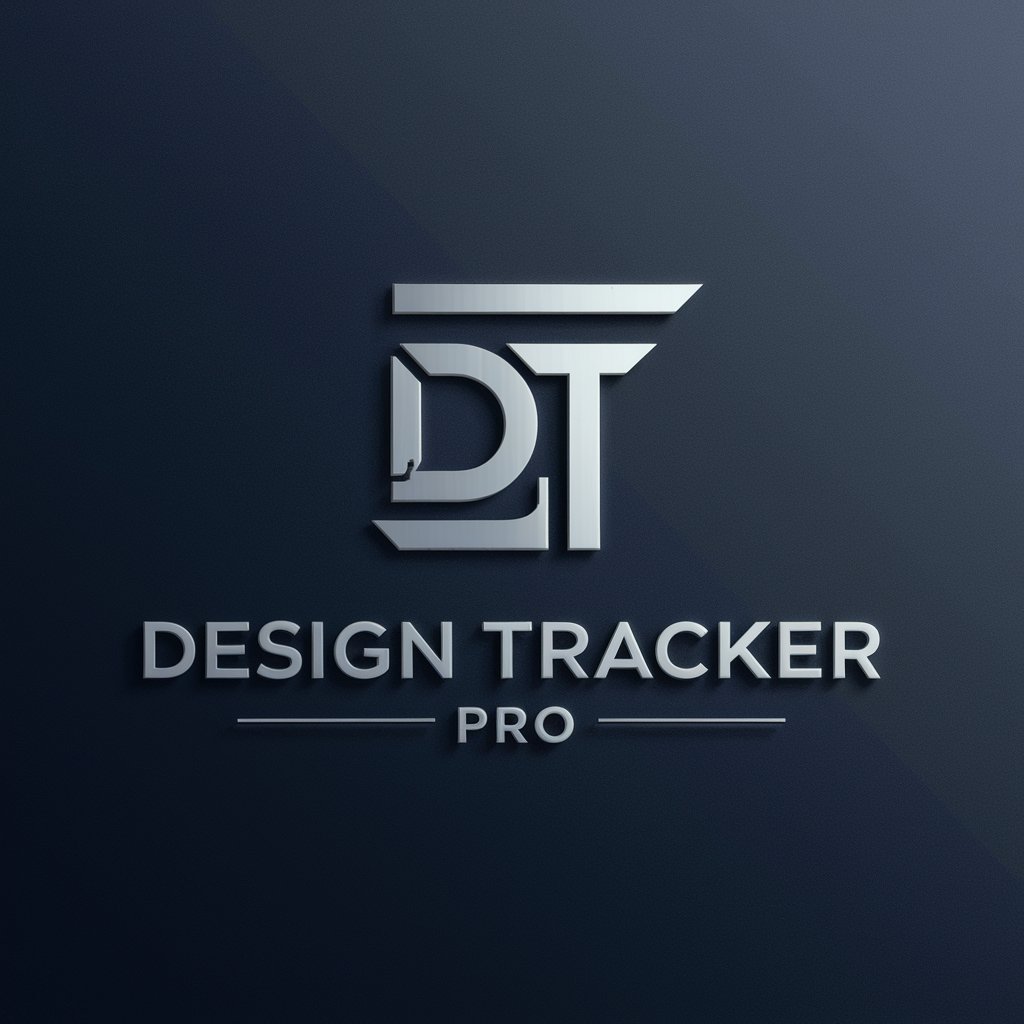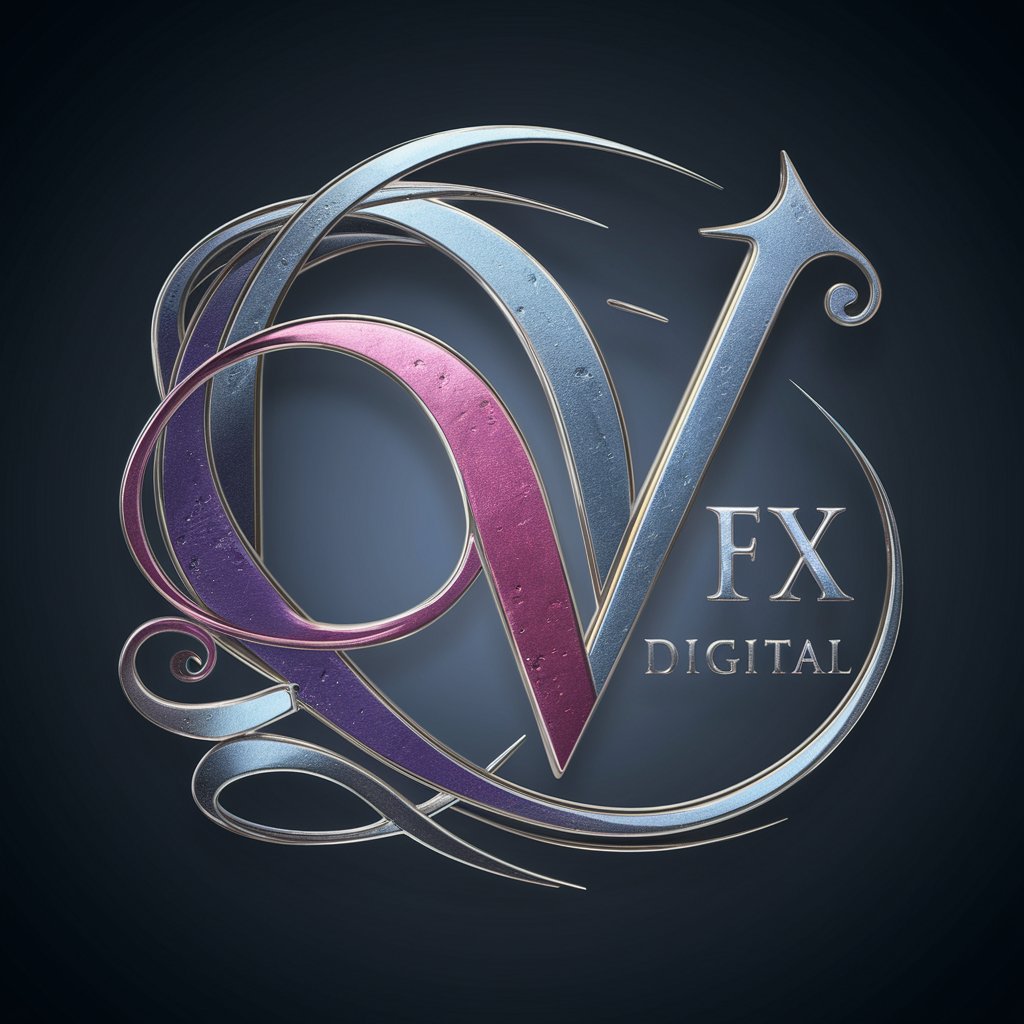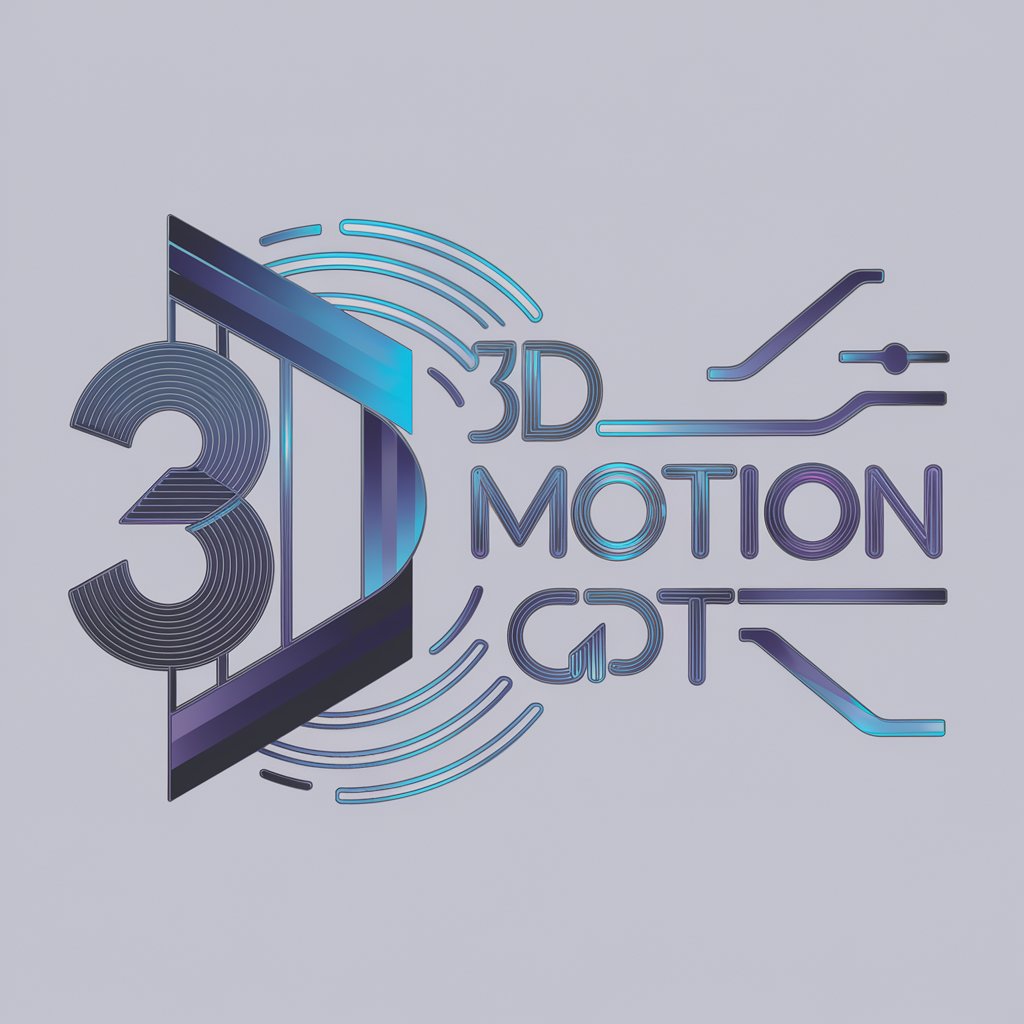
3D TRACKING - 3D Tracking Expertise
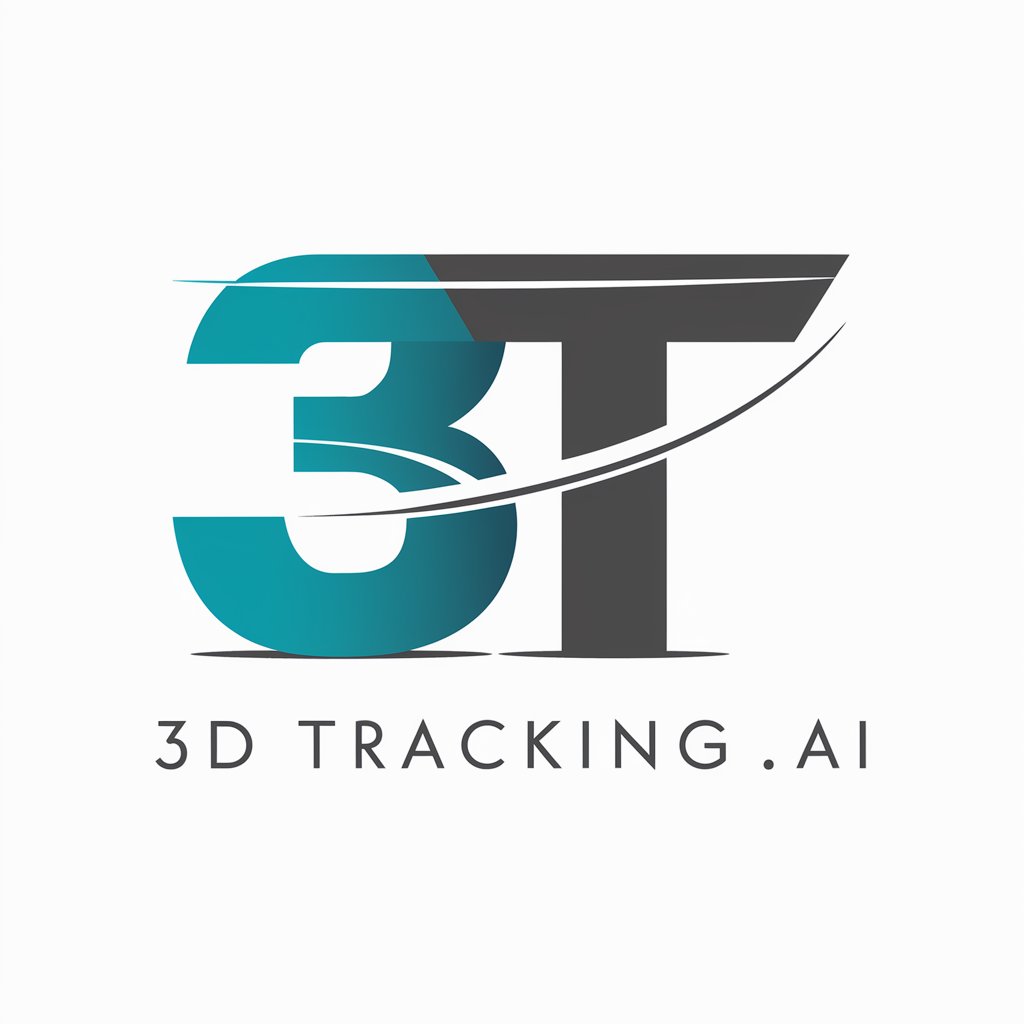
Welcome to 3D Tracking .AI, your expert in 3D tracking technology.
Power your creativity with AI-driven 3D tracking.
How can I improve the accuracy of my optical 3D tracking setup?
What are the latest advancements in motion capture technology?
Can you explain the differences between camera tracking and motion capture?
What software is best for integrating 3D tracking into AR applications?
Get Embed Code
Introduction to 3D Tracking
3D Tracking technology encompasses a range of techniques and tools designed to capture, analyze, and interpret the movement and behavior of objects or individuals in three-dimensional space. This technology plays a crucial role in various fields, including film production, animation, augmented reality (AR), virtual reality (VR), and game development. The core purpose of 3D tracking is to provide a realistic and interactive experience by accurately mapping the movements of physical objects into a digital environment. Examples of its application include integrating CGI elements into live-action footage in movies, creating lifelike animations by tracking the motion of actors, and enhancing AR/VR experiences by allowing users to interact with their surroundings in a more intuitive way. Scenarios illustrating these aspects could involve using motion capture technology to create animated characters that mimic the actor's performance in a film or employing camera tracking to blend virtual objects seamlessly with real-world environments in an AR application. Powered by ChatGPT-4o。

Main Functions of 3D Tracking
Motion Capture
Example
Creating lifelike animations for video games and films
Scenario
In the production of a feature film, motion capture technology is used to record an actor's performance and translate it into animated characters, ensuring realistic movements and expressions.
Camera Tracking
Example
Integrating CGI into live-action footage
Scenario
In visual effects (VFX) for movies, camera tracking is employed to accurately match the movements of virtual elements with those of the camera, enabling the seamless integration of CGI with live-action scenes.
Object Tracking in AR
Example
Enhancing AR applications with interactive elements
Scenario
In an augmented reality app, object tracking allows virtual objects to be placed within the real world, enabling users to interact with them through their device's camera, which enriches the user experience.
Ideal Users of 3D Tracking Services
VFX Artists and Animators
Professionals in the fields of visual effects and animation rely on 3D tracking to create realistic scenes and characters that blend seamlessly with live-action footage or fully animated environments. The precision of 3D tracking tools allows them to accurately capture and replicate the movement of objects and individuals.
Game Developers
Developers use 3D tracking for creating immersive gaming experiences, particularly in AR/VR settings. By incorporating real-world movements into gameplay, they can enhance the player's sense of presence and interaction within the game world.
AR/VR Professionals
Experts in augmented and virtual reality applications use 3D tracking to develop interactive experiences that merge the real with the virtual. This technology is fundamental in creating engaging content that responds to users' movements and interactions in real-time.

How to Utilize 3D Tracking
Start with a Trial
Begin by visiting yeschat.ai to access a free trial without the need for login or ChatGPT Plus.
Understand Your Requirements
Identify your project's needs. Whether it's for film, animation, AR/VR, or game development, understanding the specific requirements will help you leverage 3D tracking effectively.
Select the Right Tools
Choose the appropriate 3D tracking software based on your project's complexity and accuracy needs. Options may include marker-based or markerless tracking systems.
Learn and Experiment
Utilize tutorials, webinars, and community forums available on the platform to learn best practices. Experiment with tracking settings to optimize for your specific use case.
Apply and Integrate
Incorporate the 3D tracking data into your project. This might involve importing data into animation software, using it to drive virtual cameras in a game engine, or applying it to enhance AR/VR experiences.
Try other advanced and practical GPTs
Stream & Chill Schwiiz
Unlock Swiss streaming with AI
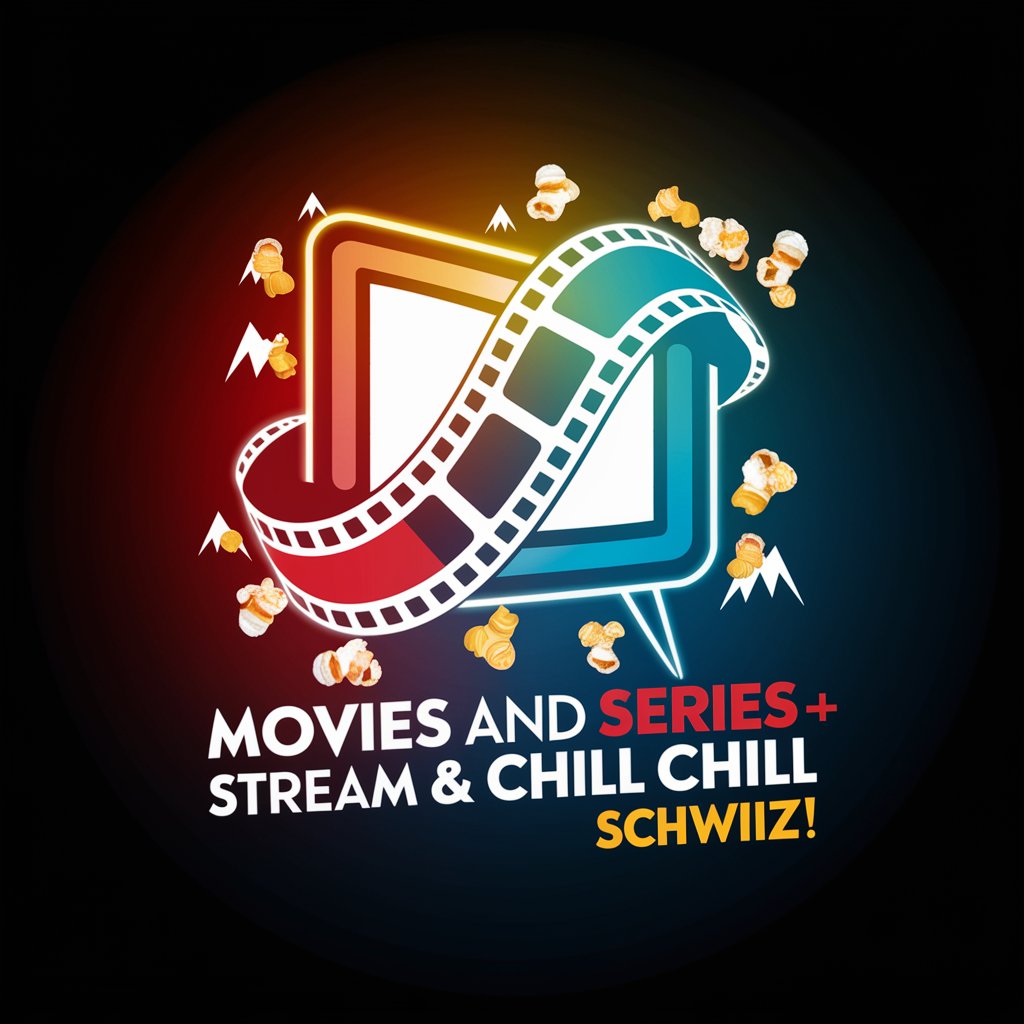
Stream & Chill Chile
Your AI-powered streaming compass.
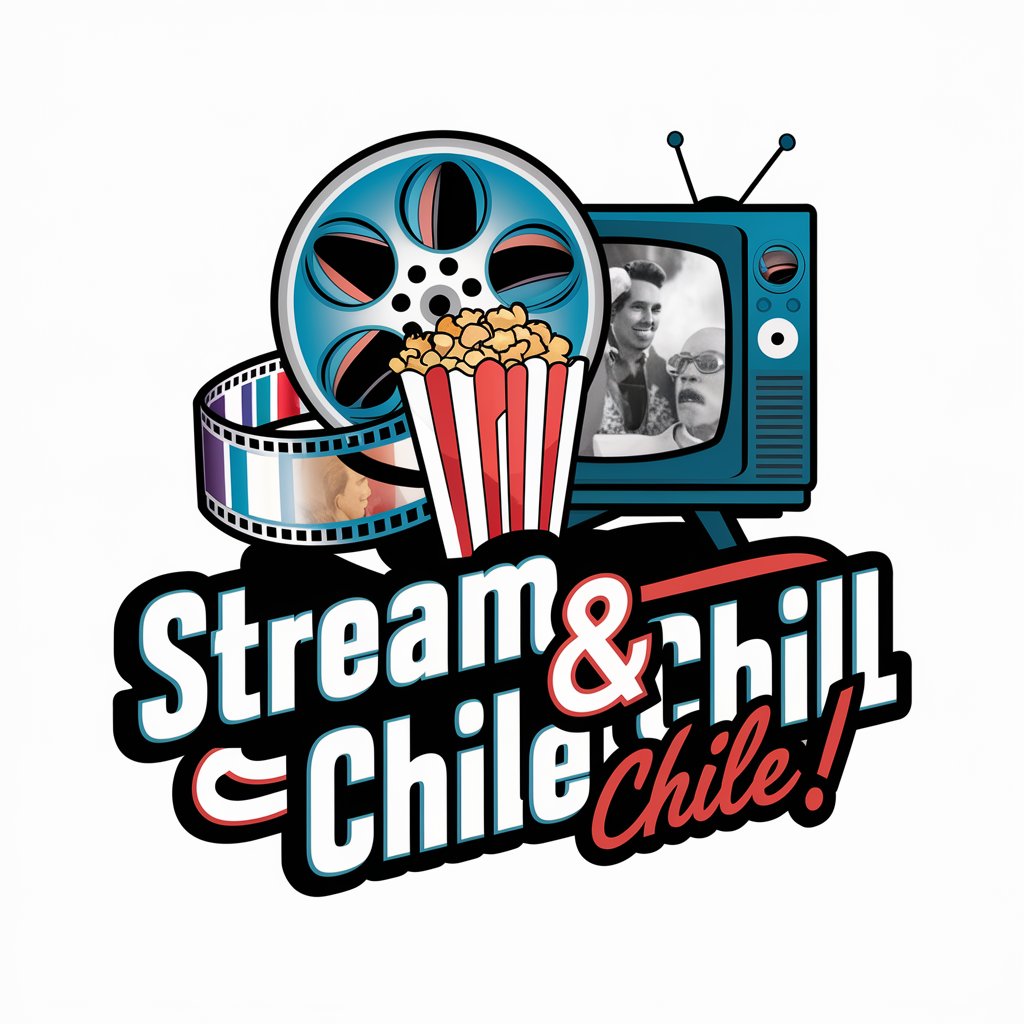
Stream & Chill Sverige
Discover and Stream with AI
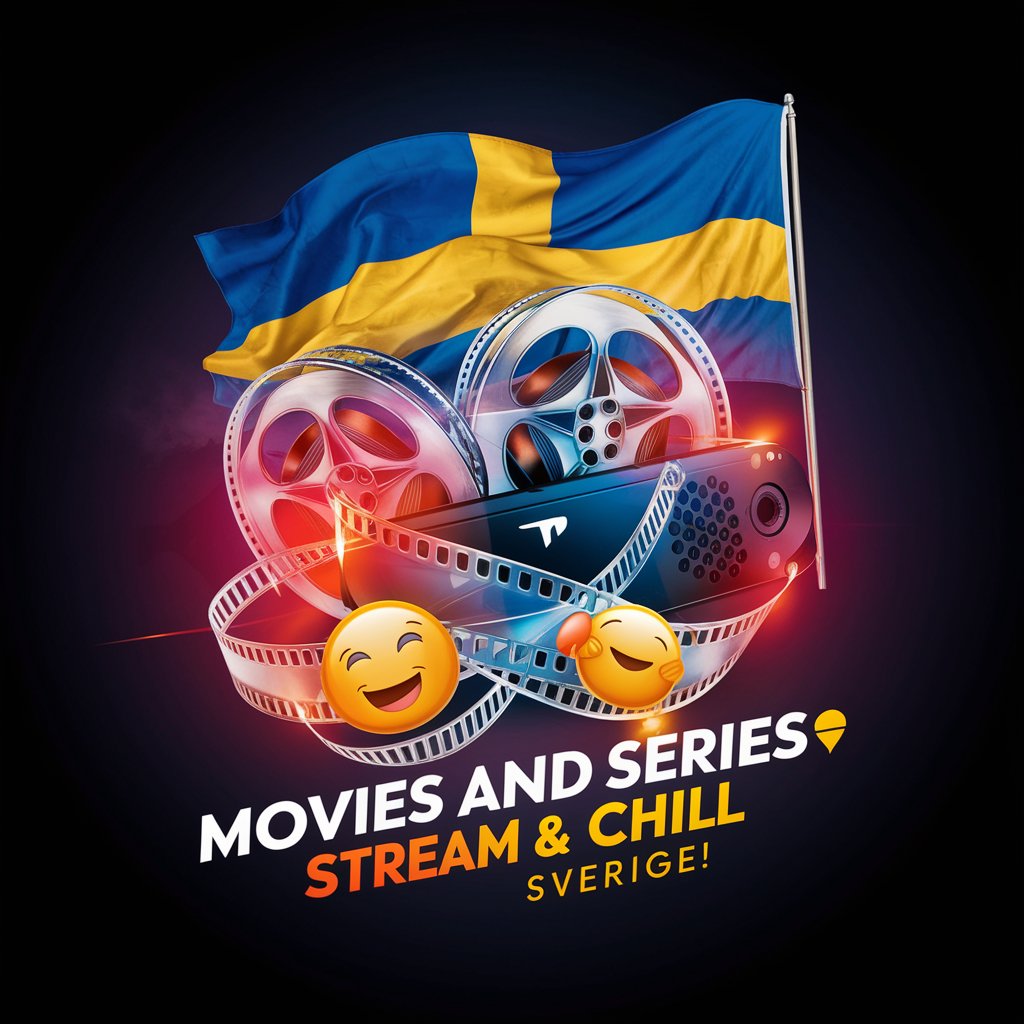
Stream & Chill España
Discover and Stream Your Favorites
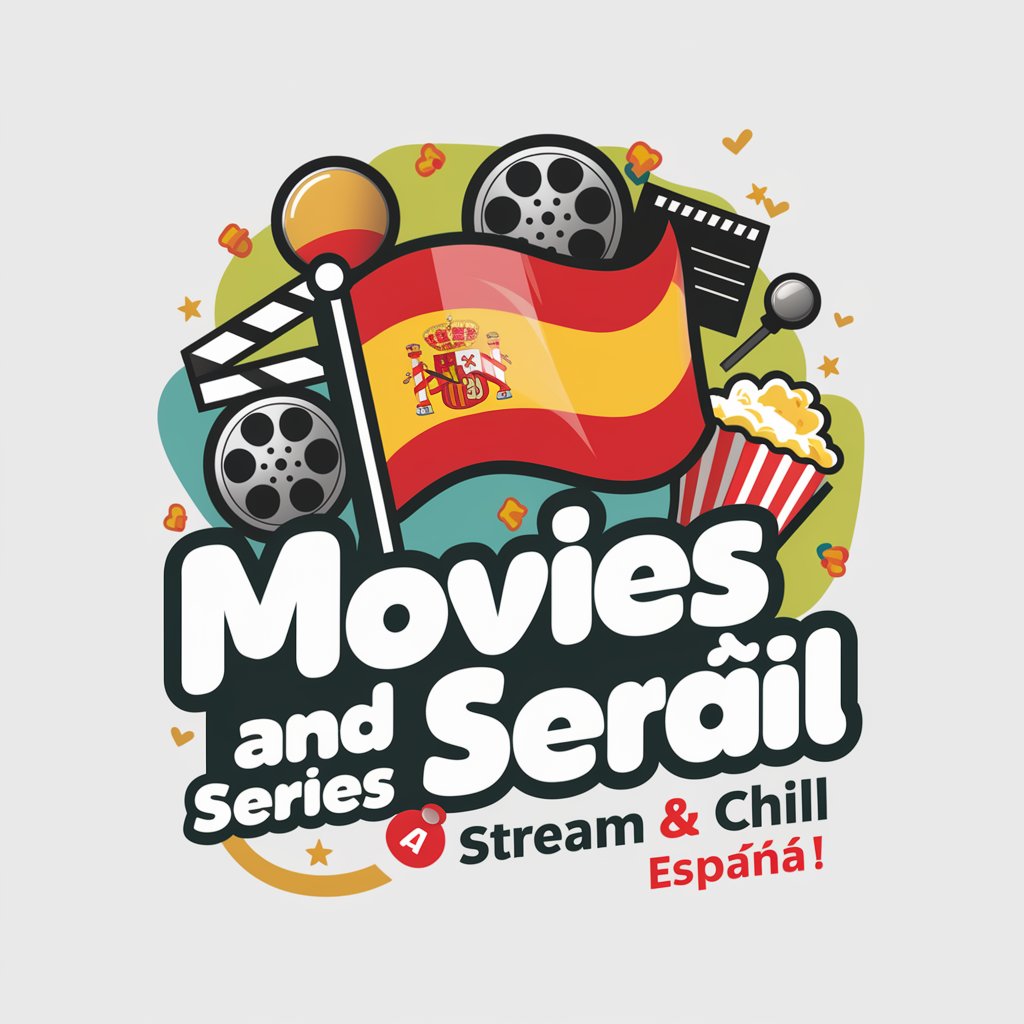
Stream & Chill UK
Discover, Stream, Chill: Your AI-Powered Guide
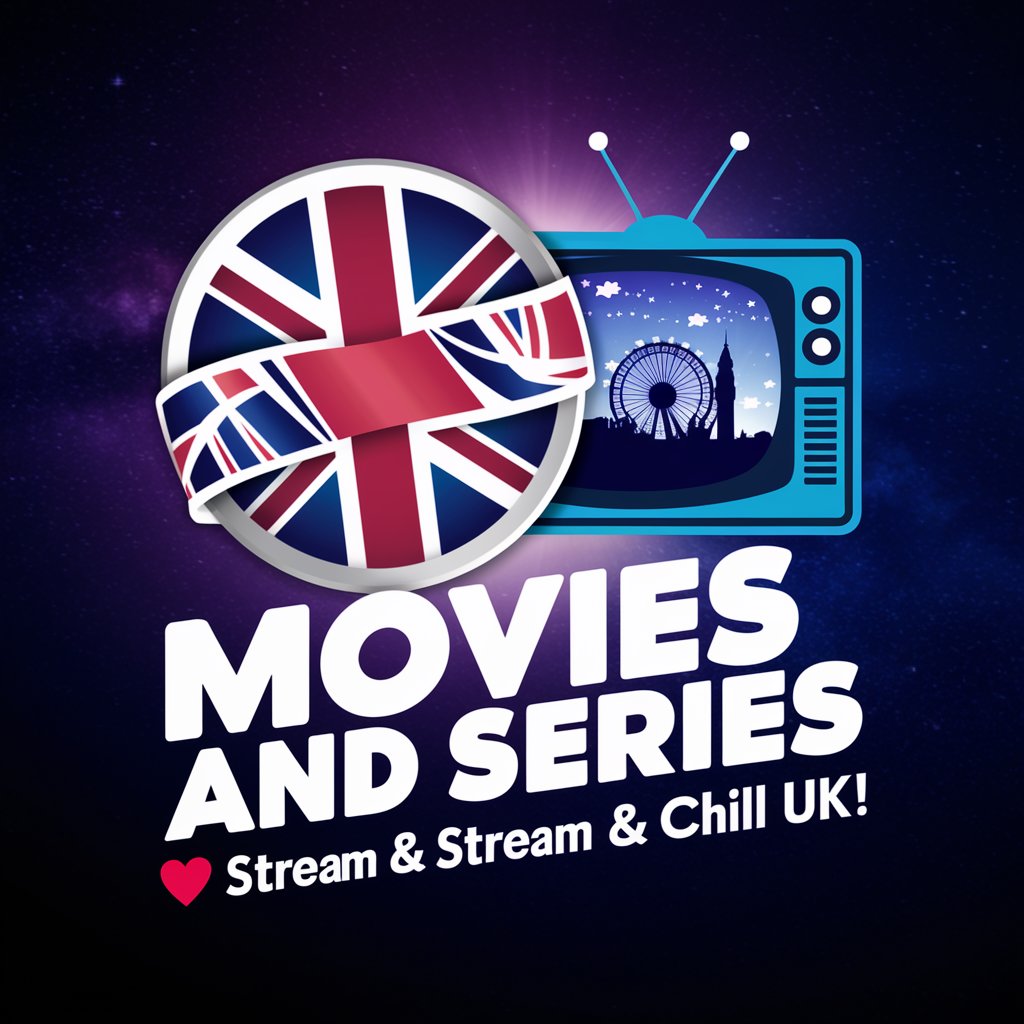
A.I. Genealogy Insights Assistant
Uncover Your Ancestry with AI

Product Adoption Advisor for Growth Teams
Empowering Growth with AI-Driven Adoption

3D Dev Guide
Empowering Your 3D Projects with AI
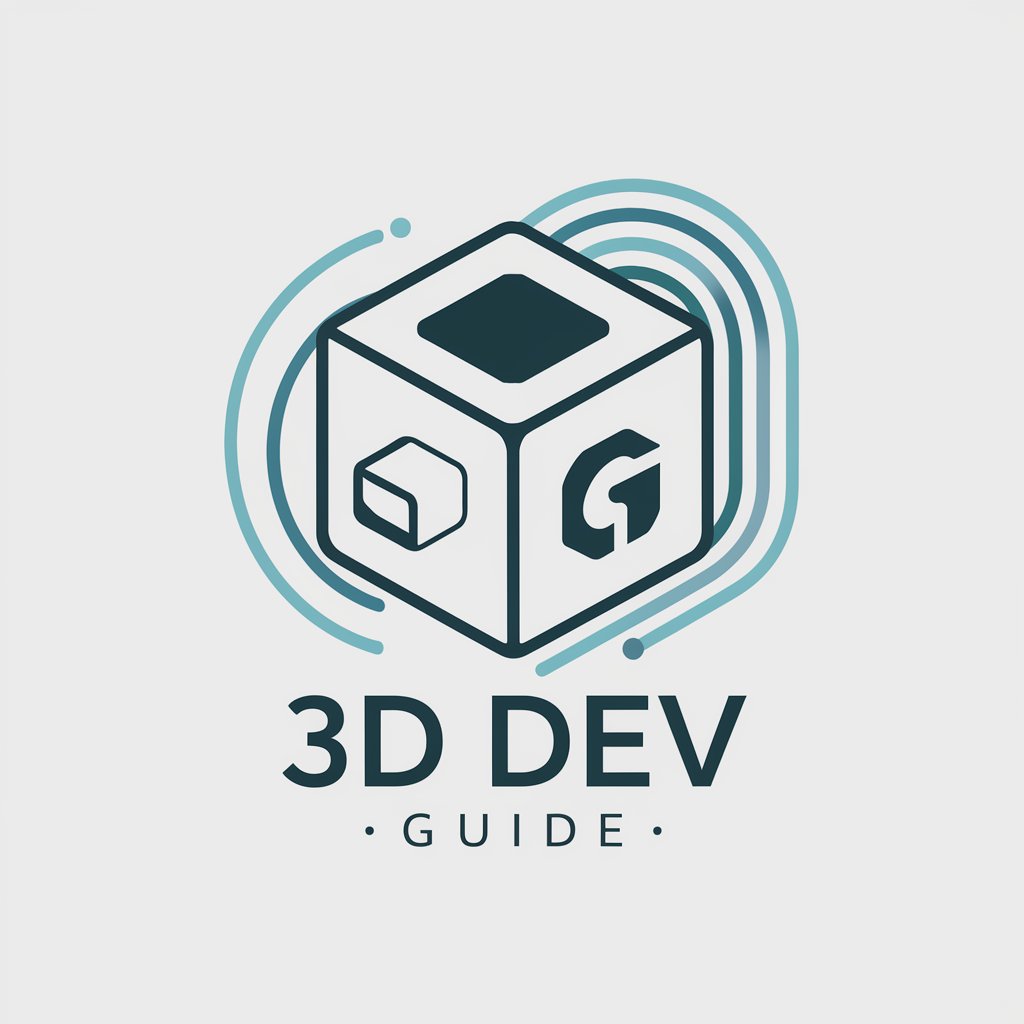
C# and Unity: Unleash Your Game Development Power
Empower Your Game Creation with AI
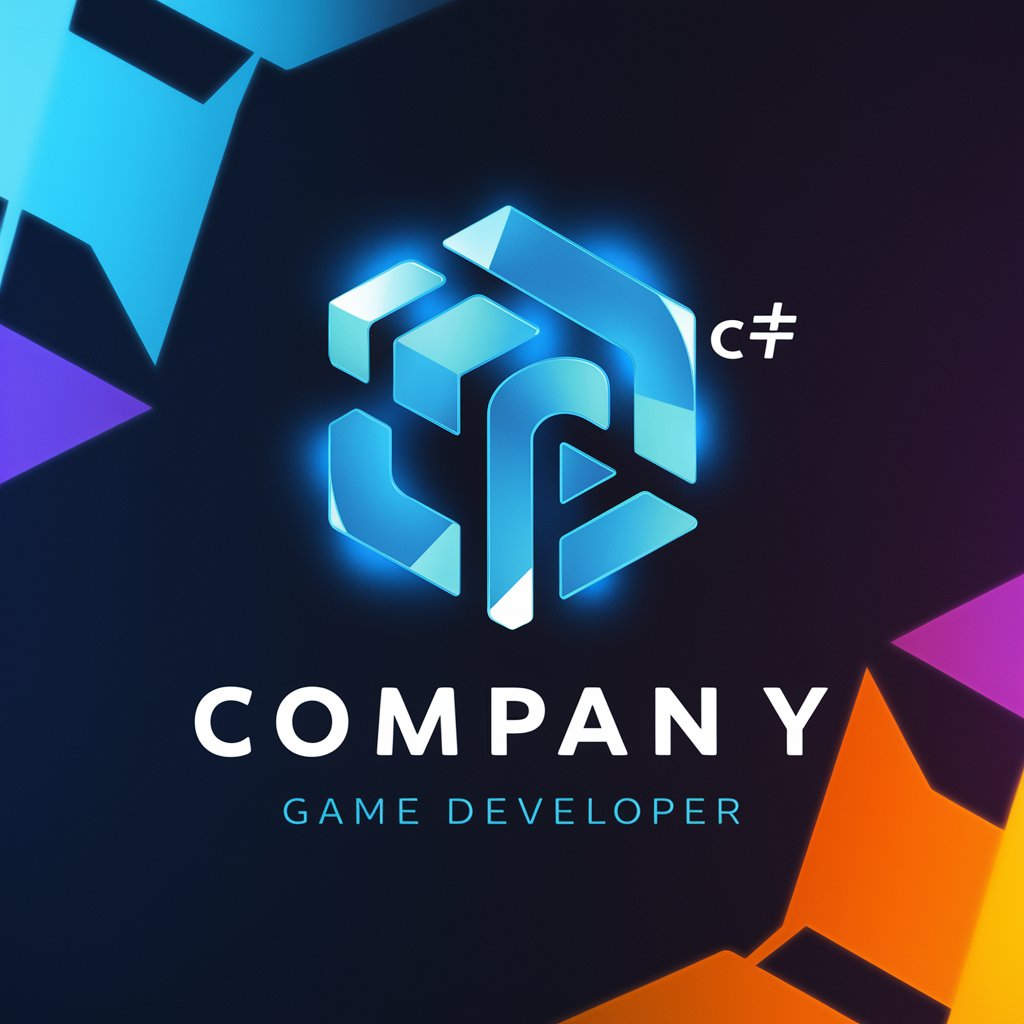
Quick Visuals For Interior Design
Transforming visions into visual realities.
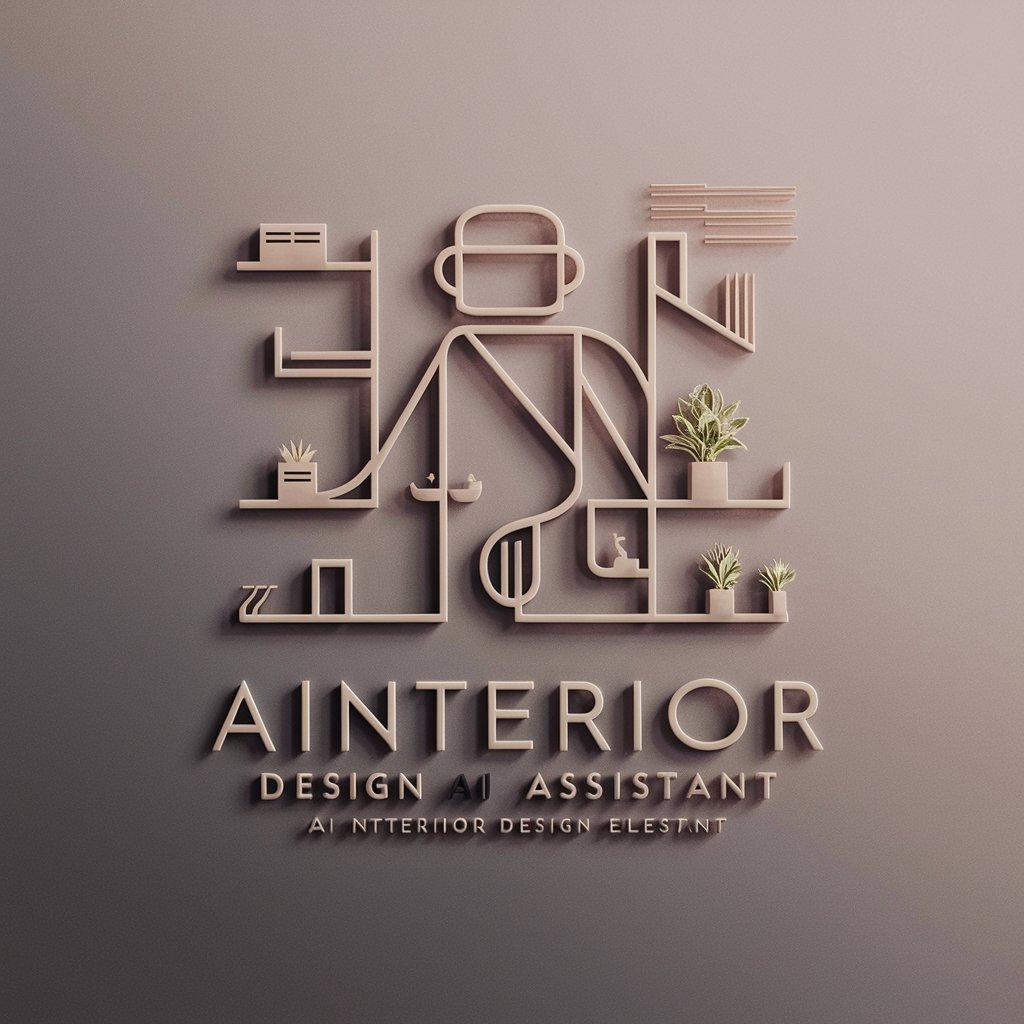
⭐️ Customize Your Art Prompt ⭐️
Craft Your Artistic Vision with AI

D3D Material Advisor
Powering your 3D printing choices with AI.
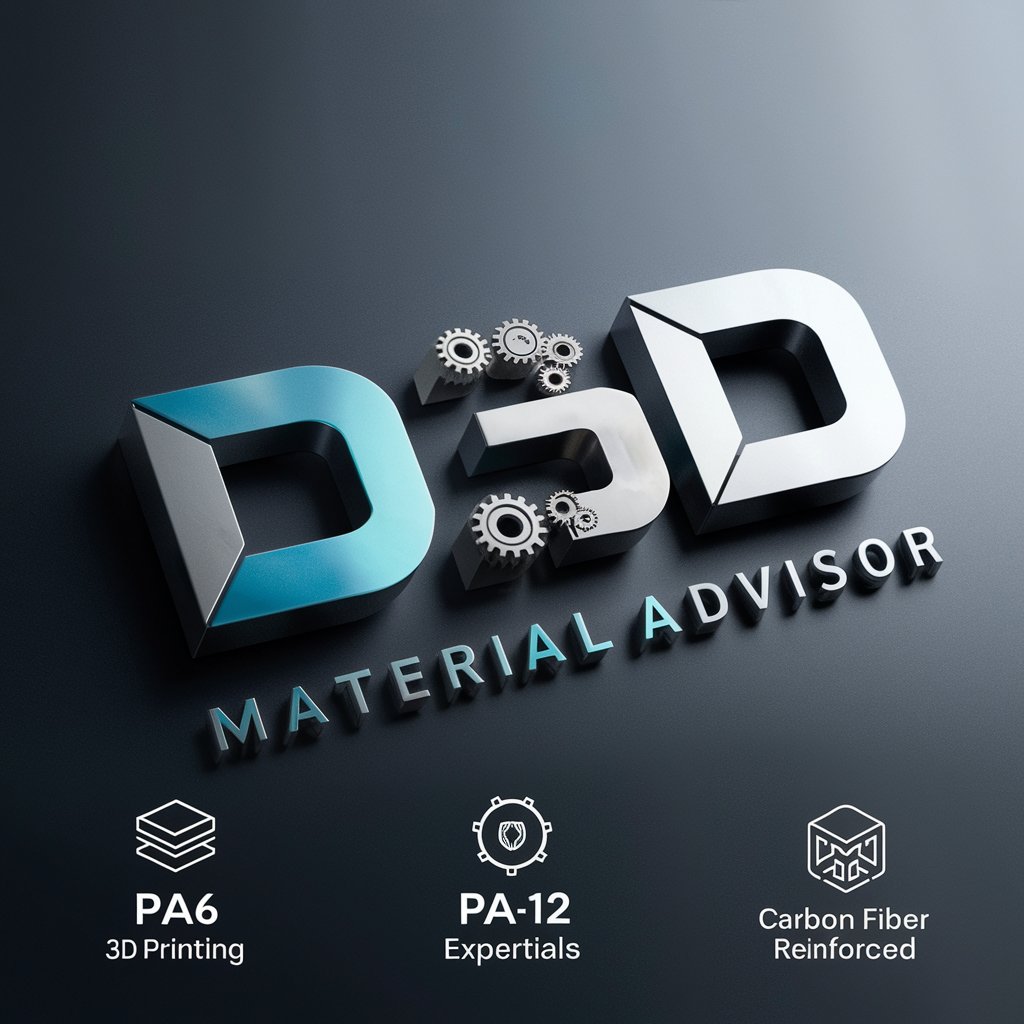
Frequently Asked Questions about 3D Tracking
What is 3D tracking and how is it used?
3D tracking is a technology that captures the movement of objects or people in three-dimensional space. It's widely used in film production for visual effects, in game development for character animation, in AR/VR for immersive experiences, and in scientific research to study motion.
Can 3D tracking be used for live performances?
Yes, 3D tracking can be applied in live performances to enhance stage effects, control lighting in real-time, and integrate virtual elements with live actors, providing a more immersive experience for the audience.
What are the differences between marker-based and markerless tracking?
Marker-based tracking uses physical markers placed on objects to track their movement, offering high accuracy. Markerless tracking, on the other hand, relies on software algorithms to recognize and track objects without markers, allowing for more flexibility but sometimes at the cost of precision.
How can 3D tracking improve AR/VR experiences?
3D tracking enhances AR/VR by accurately mapping virtual content to the real world, ensuring immersive and interactive experiences. It enables precise control over virtual elements based on user movement and interactions.
What skills are necessary to work with 3D tracking technology?
Working with 3D tracking technology requires a mix of technical and creative skills, including knowledge of 3D modeling, understanding of motion capture techniques, proficiency in tracking software, and the ability to integrate tracking data with other digital content.
